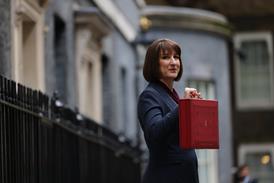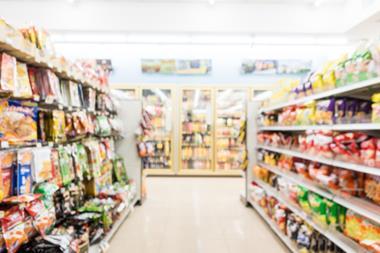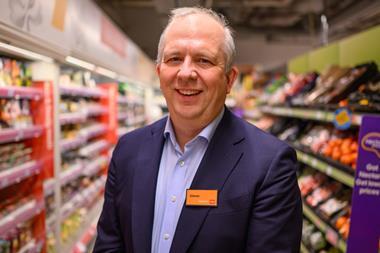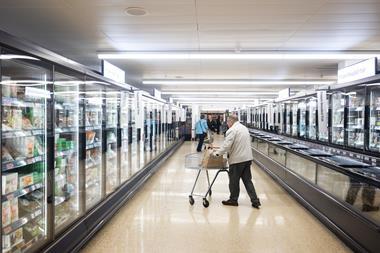Retail Week Knowledge Bank’s recent Sainsbury’s profile update highlights this issue for a business that has arguably been buying sales growth and market share at the expense of fully restoring operating margins
Sainsbury’s has recently posted greatly reduced like-for-like growth.
For the wholly UK-focused grocer, this raises questions about its medium-term ability to achieve its improved operating profit and margin goals.
Retail Week Knowledge Bank’s recent Sainsbury’s profile update highlights this issue for a business that has arguably been buying sales growth and market share at the expense of fully restoring operating margins. Currently somewhat improved at 3.4%, they lag behind those of Tesco and Morrisons, at 6.1% and 5.9% respectively. Now, just as it seems Sainsbury’s was getting there on profitability, measures in the Budget may undermine its best laid plans.
Aside from the expensive regional rebalancing of its store network by building better representation in the north and west, much may turn out to be dependent on more profitable non-food sales growth. This is growing three times faster than grocery sales and going forward non-food accounts for 40% of new supermarket sales space and 25% of sales growth. Capital expenditure, including a pipeline of 70 supermarket extensions to accommodate more non-food, is increasing by about 20% this year to £1.1bn.
Not only will non-food be hardest hit by the VAT rise but there is also an element of playing catch up here - Tesco and Asda are well ahead of Sainsbury’s. Also, will this non-food push be fully accepted by Sainsbury’s typical Middle England customers, who are more likely to shop for non-food at John Lewis and Marks & Spencer?
Management restructuring is now giving former chief financial officer Darren Shapland, new director of development, a remit to investigate a possible return to the international scene. He will doubtless use his well-honed forensic accounting abilities to decide on the profit impact of the prospective equations.




























No comments yet